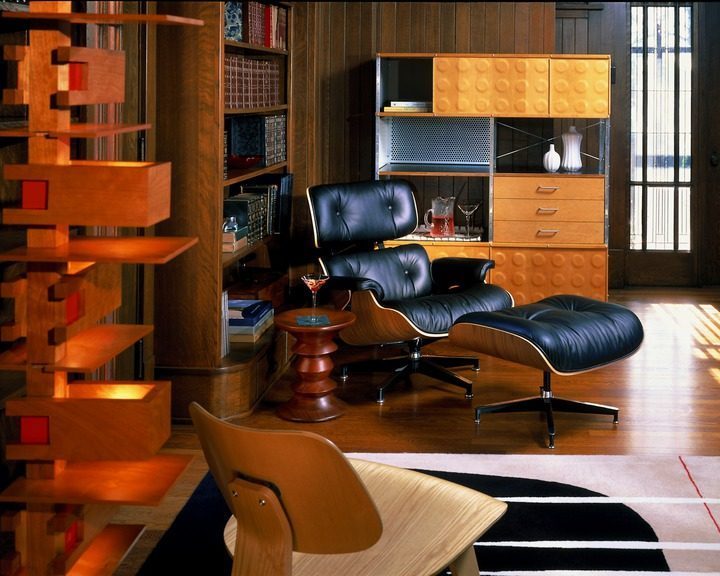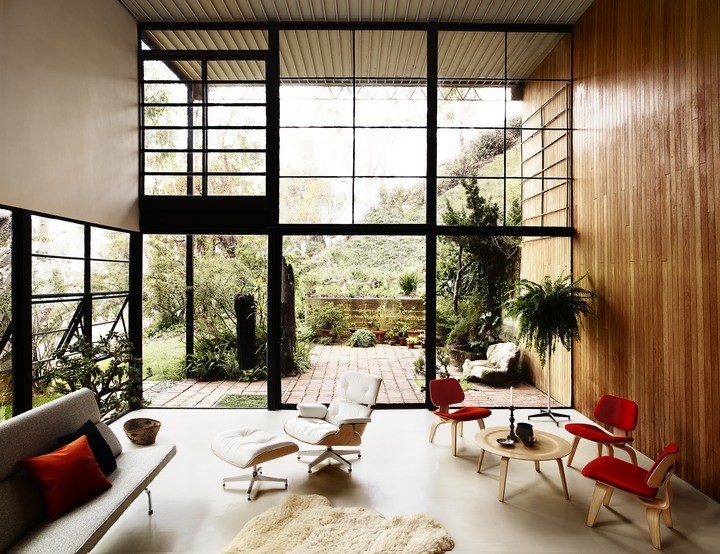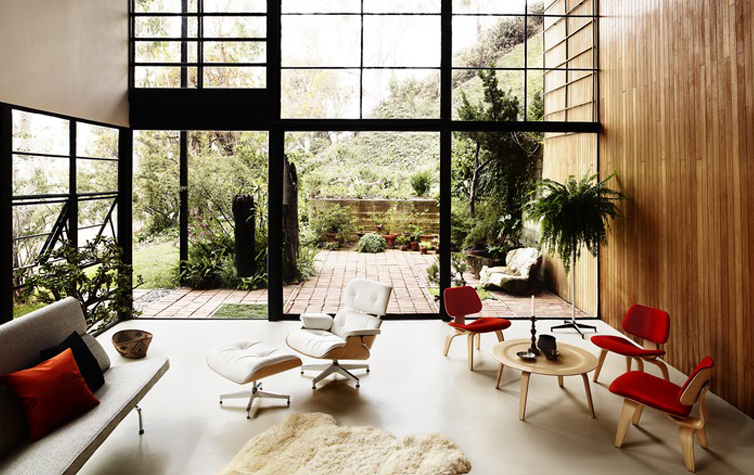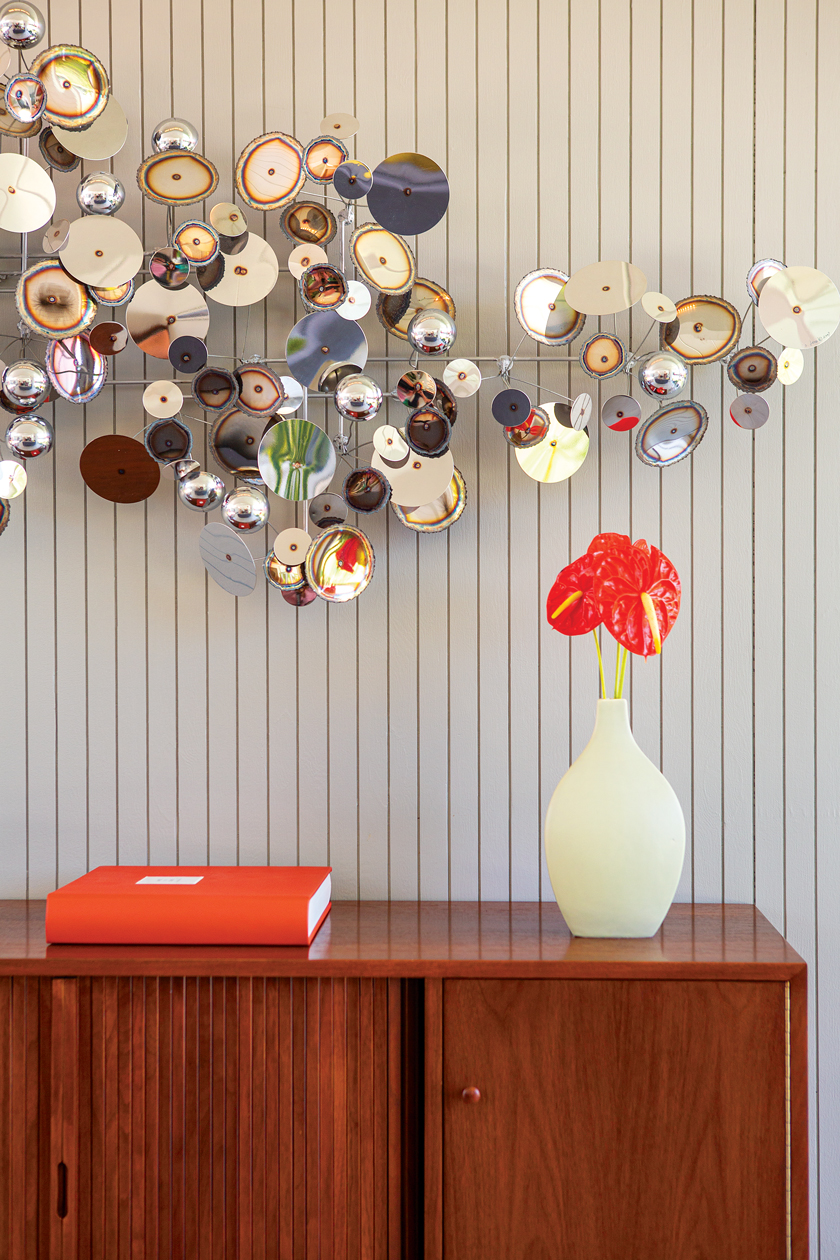
“Eventually everything connects—people, ideas, objects… the quality of the connections is the key to quality per se… I don’t believe in this ‘gifted few’ concept, just in people doing things they are really interested in doing. They have a way of getting good at whatever it is,” Charles Eames once said. In partnership with his wife, Ray, he followed this interest to create some of midcentury’s most influential designs.
Charles Eames was born in St. Louis, Missouri, in 1907. He developed an interest in engineering and architecture, eventually studying architecture at Washington University for two years before being thrown out of the school for his advocacy of Frank Lloyd Wright, according to the Eames Office. He began working in an architecture office after leaving school and, in 1930, started his first office. He received a fellowship from the legendary Cranbrook Academy of Art in 1938 and joined the institution’s faculty the following year. In 1941, Charles was named head of the department of industrial design and married Ray.
Ray Eames was born Bernice Alexander Kaiser in Sacramento, California, in 1912. An interest in art and design led Ray to study a variety of media, including fashion design at Bennett Woman’s College and painting with Hans Hofmann. She was a founding member of the American Abstract Artists in 1936. Ray later moved to Cranbrook, assisting Charles and Eero Saarinen in designs made from molded plywood for the Museum of Modern Art’s Organic Furniture Competition, in which Charles and Eero won two first prizes.
The married couple soon moved to California and continued designing pieces with molded plywood. The Eameses were commissioned by the U.S. Navy to produce molded plywood splints, stretchers and experimental glider shells during World War II. After the war ended, Evans Products began producing the couple’s molded plywood furniture. Production was soon taken over by Herman Miller Inc. Influential architecture critic Esther McCoy called the Eames molded plywood chair “the chair of the century.” The couple’s furniture offerings grew to include the now-iconic molded fiberglass and wire pieces.

Charles Eames, Ray Eames & the Palisades
Charles and Ray built and designed their Pacific Palisades home as part of Arts & Architecture magazine’s Case Study House Program. Designed with separate living and work spaces, the home beautifully complements its natural surroundings of meadows and trees on a cliff overlooking the Pacific Ocean. The steel-and-glass home, built with prefabricated materials ordered from catalogs, found itself declared a National Historic Landmark on June 17, 2007, Charles’ centennial.
Charles died in 1978. Ray died 10 years later, to the day.
The couple worked across a range of media and industries, which included furniture, architecture, toys, films and exhibitions. One of the couple’s works, Mathematica: A World of Numbers … and Beyond, an interactive exhibition exploring how mathematics shapes our world, inspired the creation of the iPad app, The Minds of Modern Mathematics, which was released in honor of Ray’s centennial in 2012 and is still available.
The Eames legacy is shepherded by the Eames Office and the home is maintained by the Eames Foundation. Eames designs are still being produced by Herman Miller in the United States and Vitra International in Europe.












